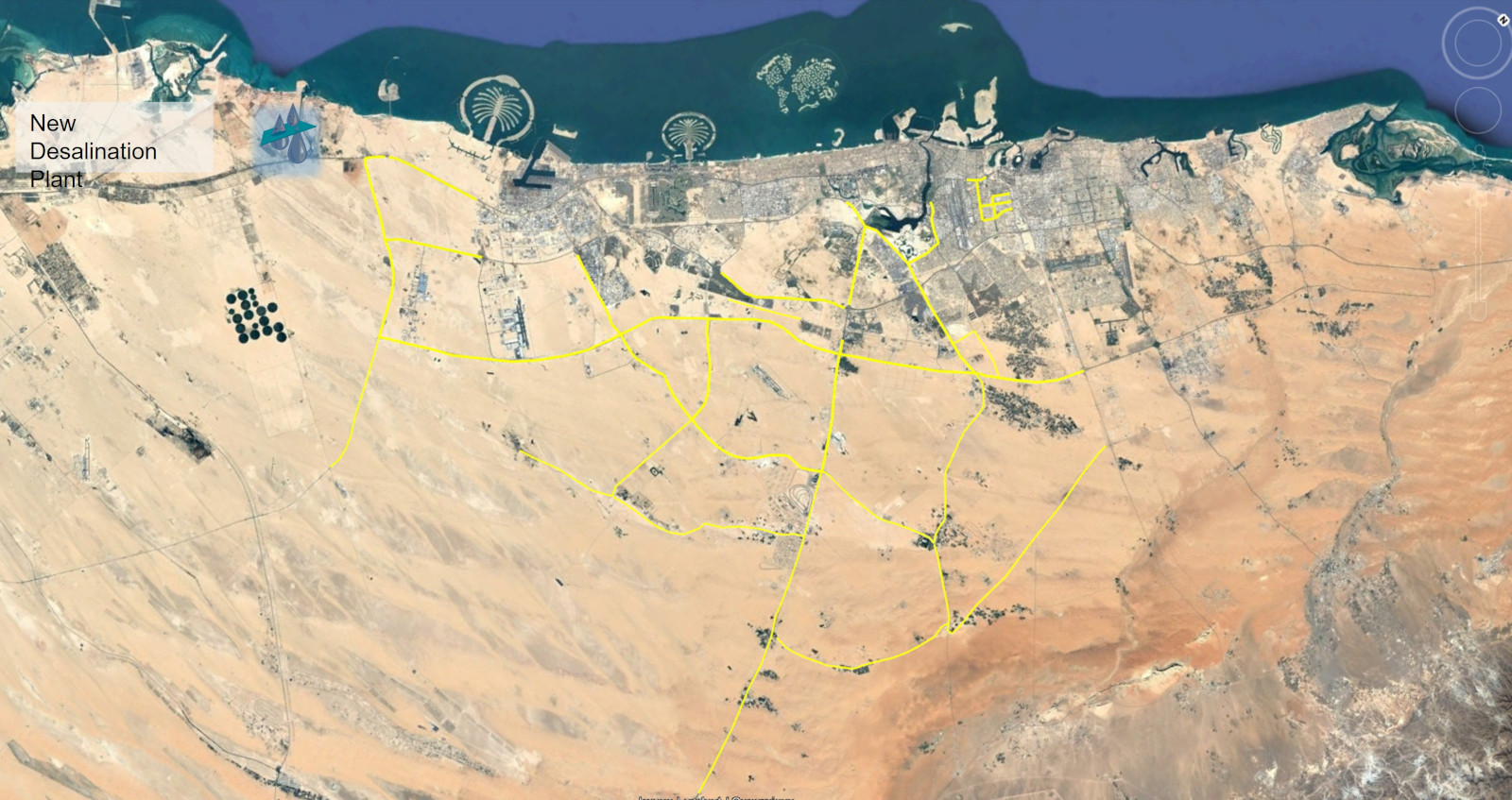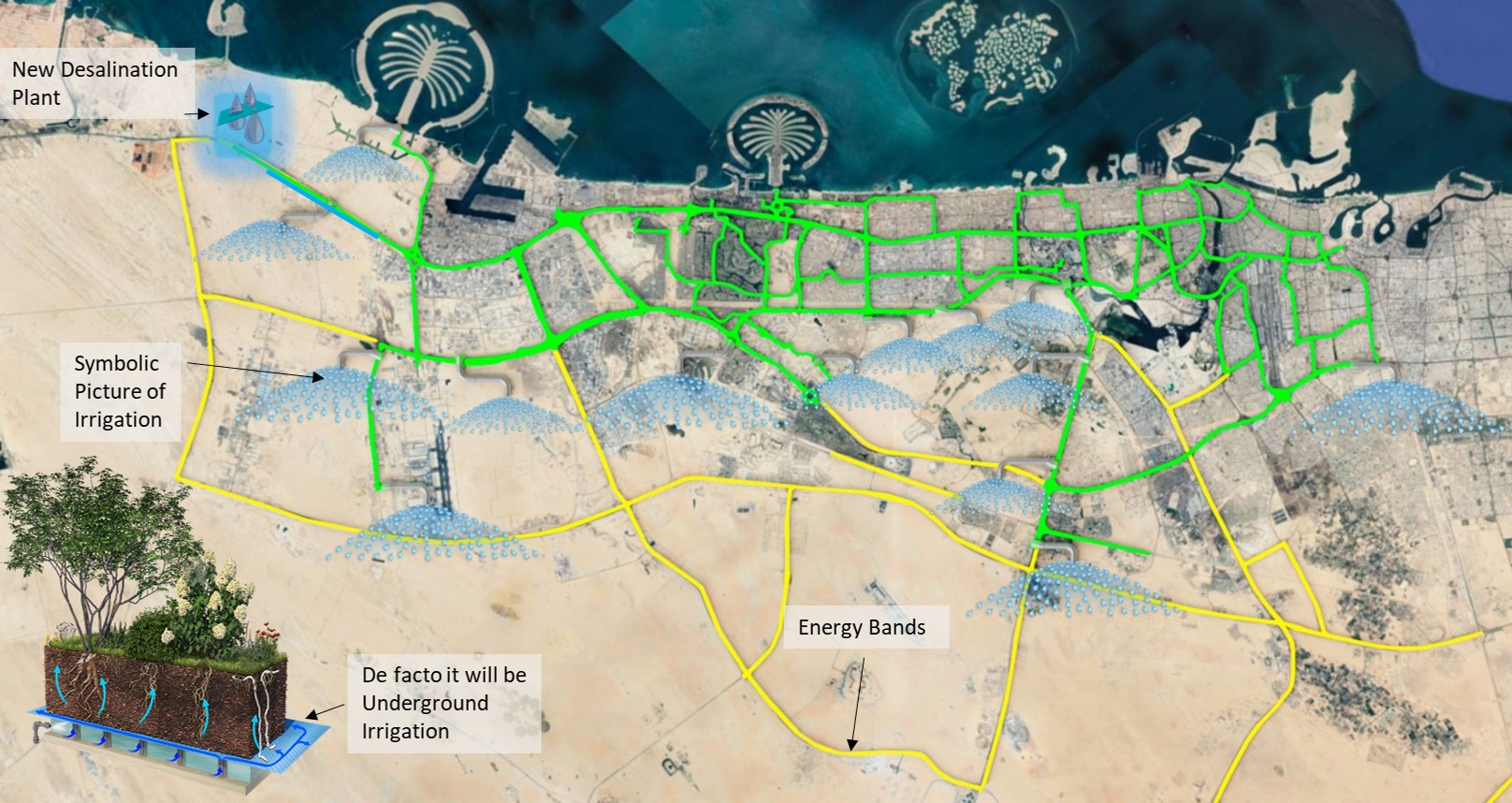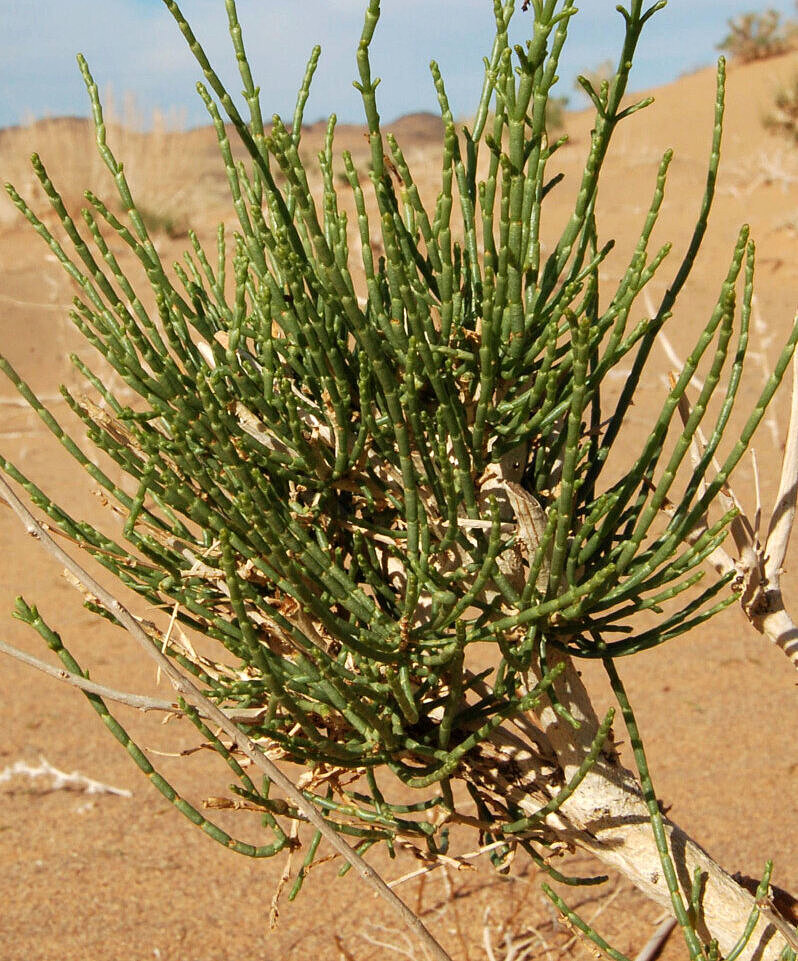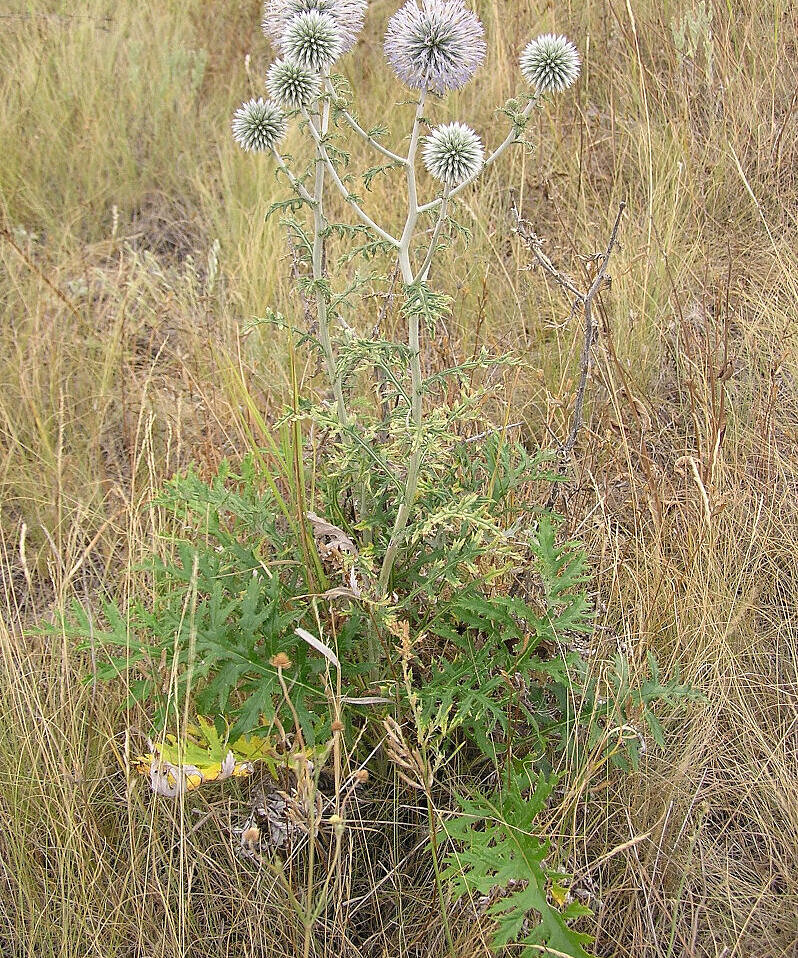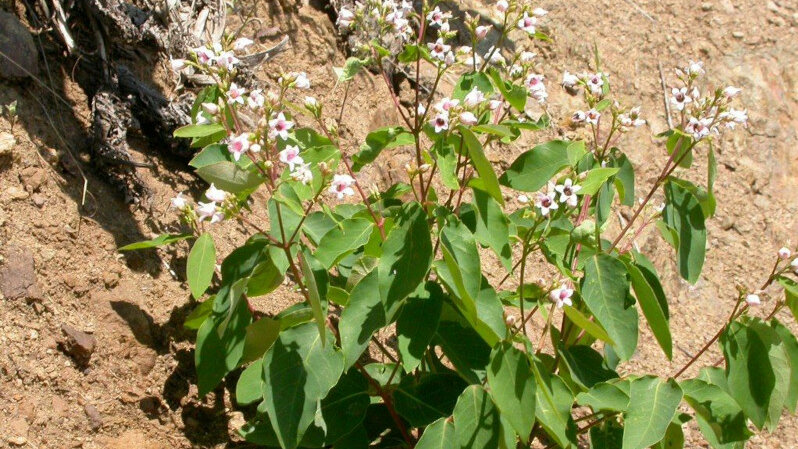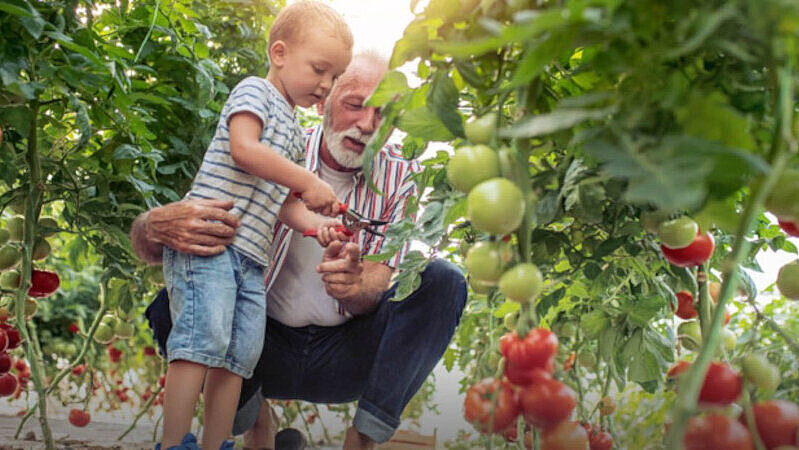Energy Bands for a vegetation belt around Dubai
With wide motor roads and high solar radiation, Dubai has the best conditions for generating large amounts of energy with Energy Bands: over 5 TWh per year can potentially be generated by Energy Bands when fully developed on all suitable roads.
In addition, the UAE has years of proven expertise in desalinating seawater - a process that is comparatively energy-intensive and is therefore also increasingly powered by green energy in the UAE. The 5 TWh/a can be used to desalinate over 2.5 billion cubic meters of seawater per year.
Since the UAE is striving for greater agricultural independence and has also already established numerous organic farms, it makes sense to use the 2.5 billion m3 of water for the greening of areas around Dubai with a desalination plant to be built specifically for this purpose: Around 600 km2 of land could thus be converted into agricultural vegetation area.


